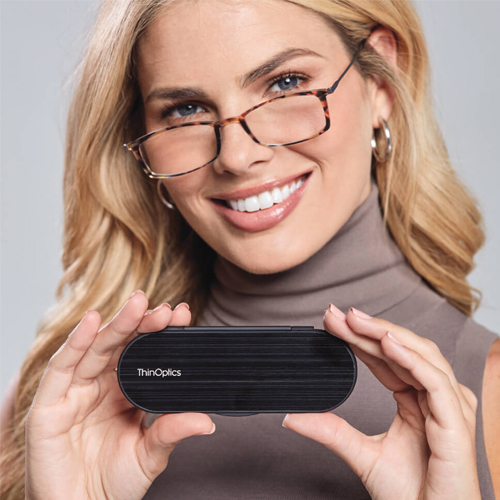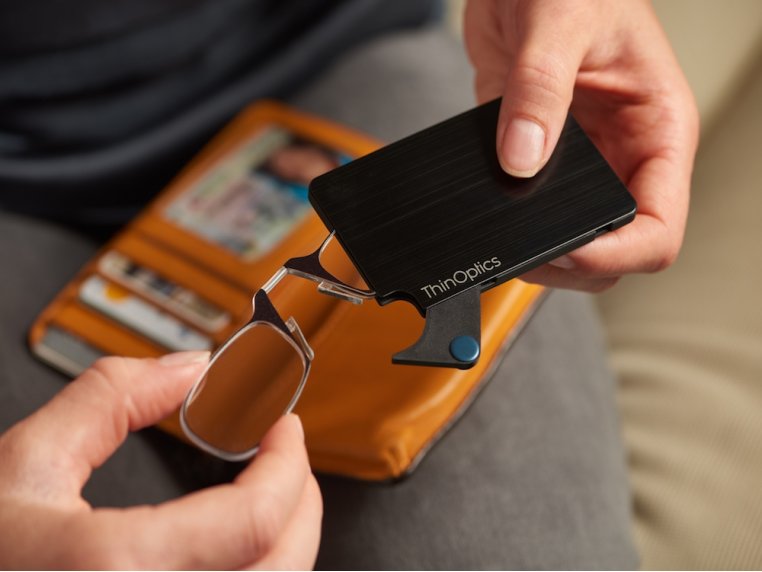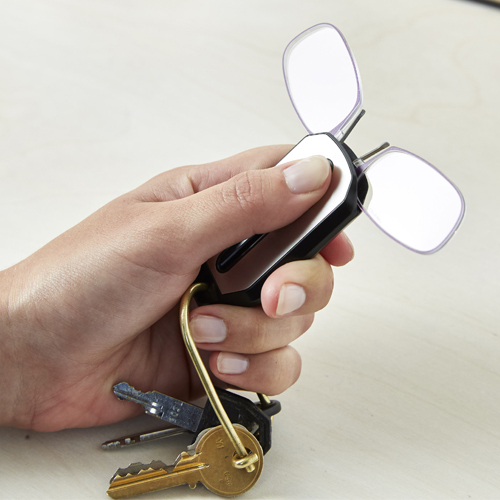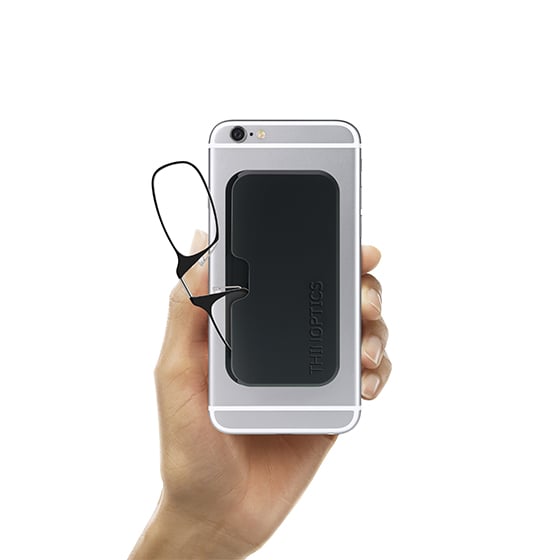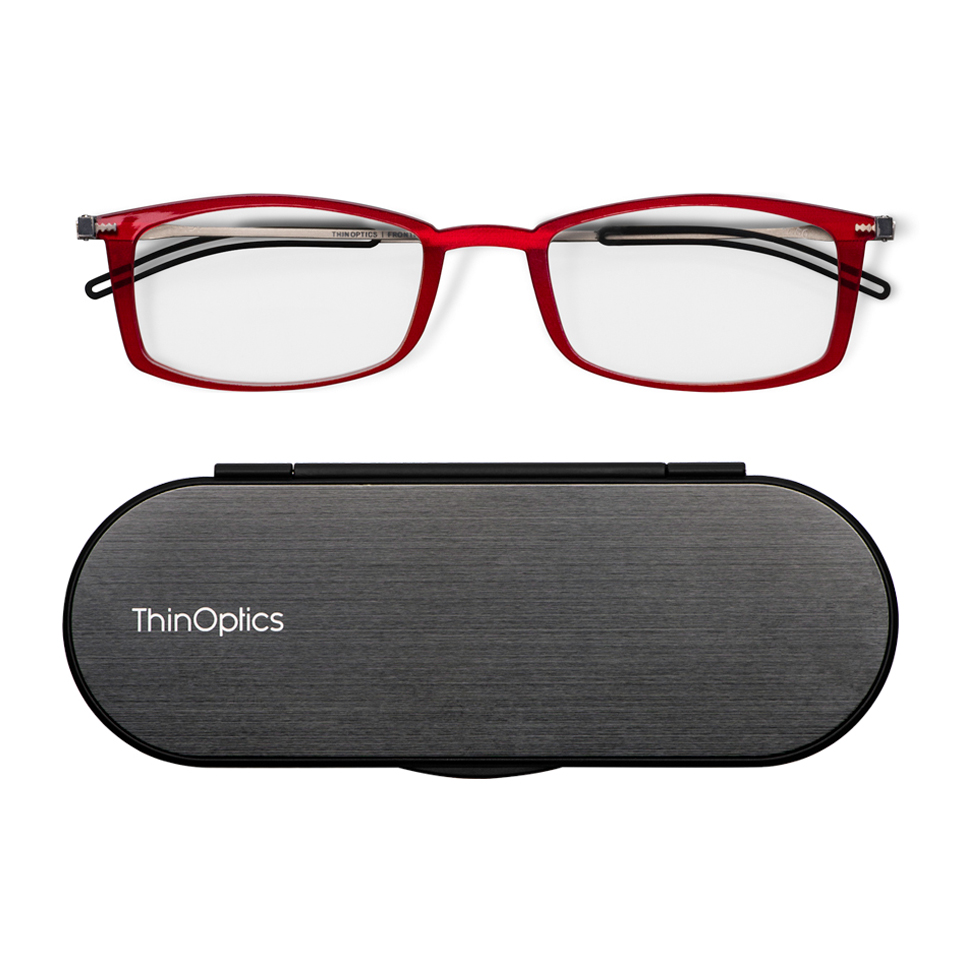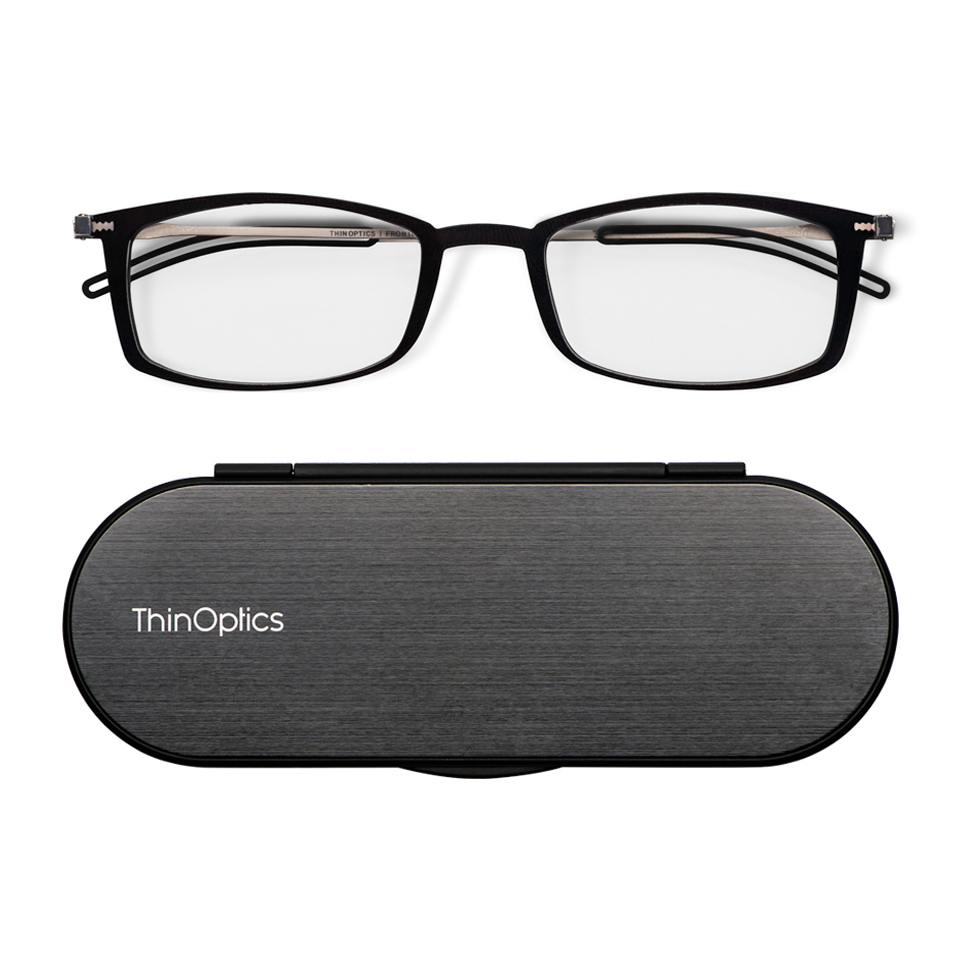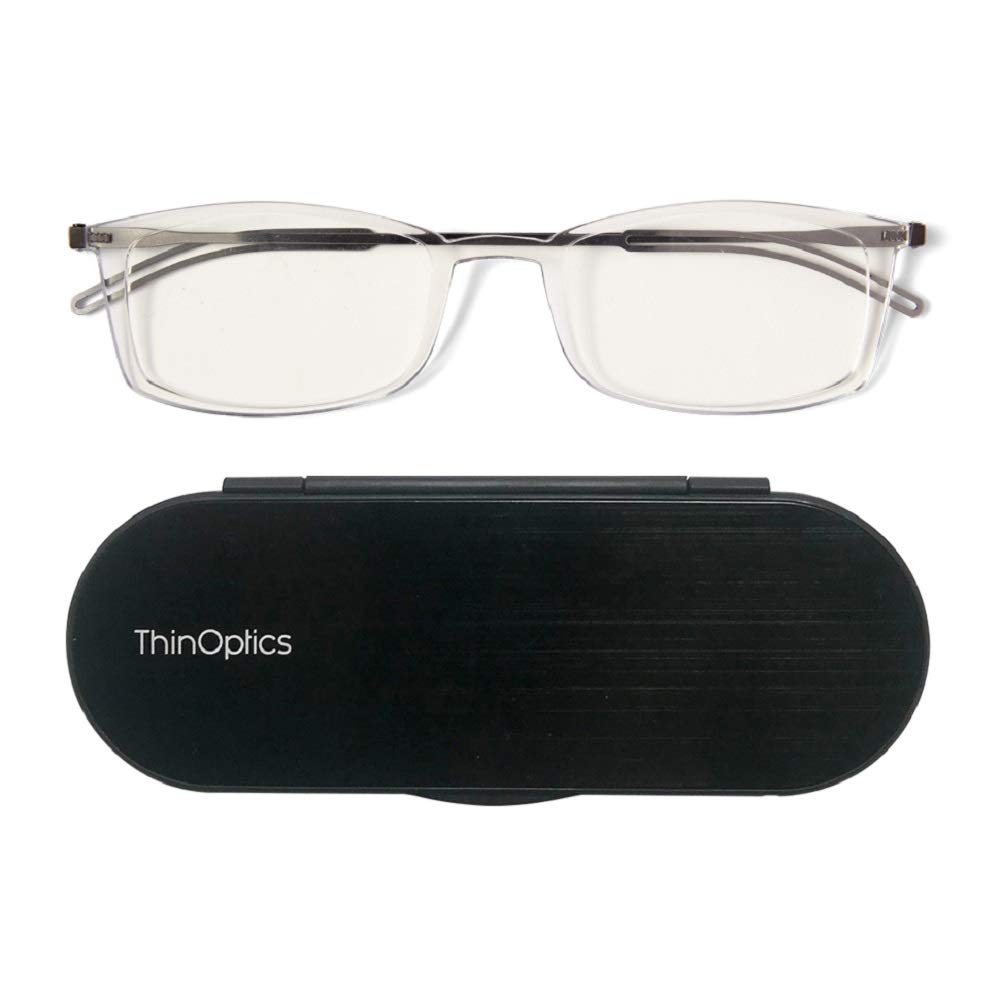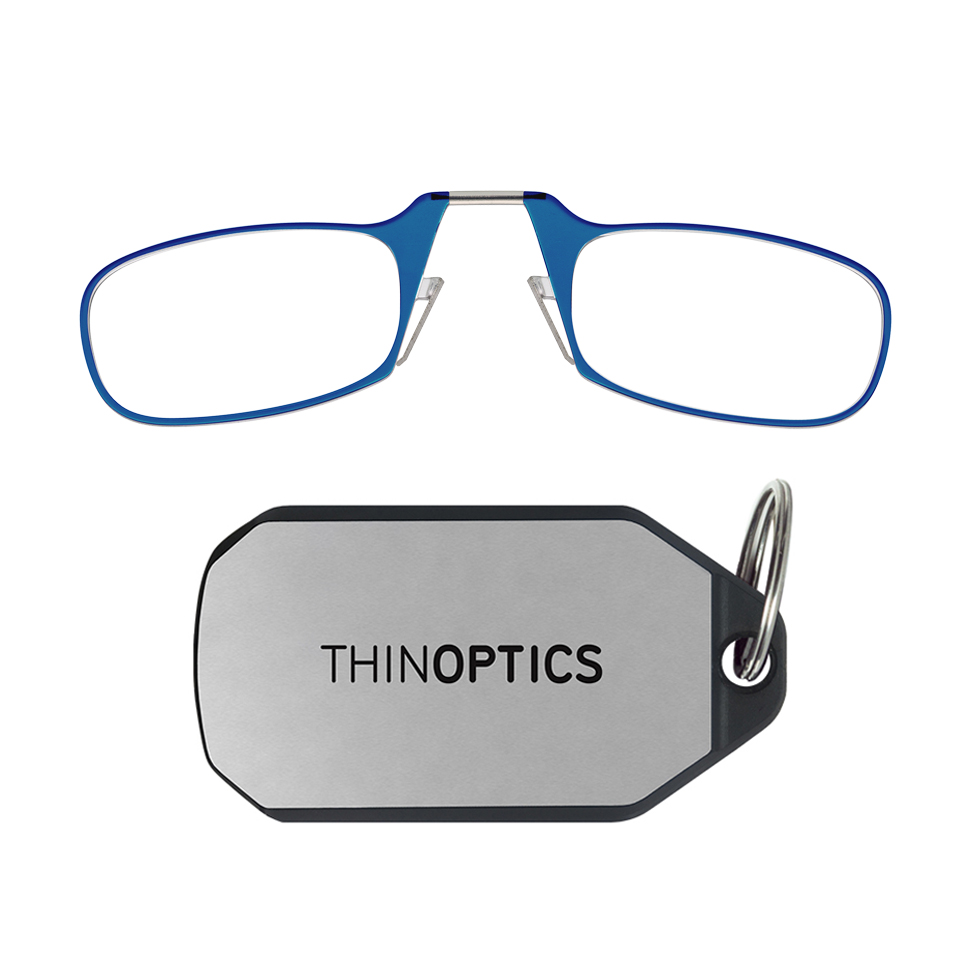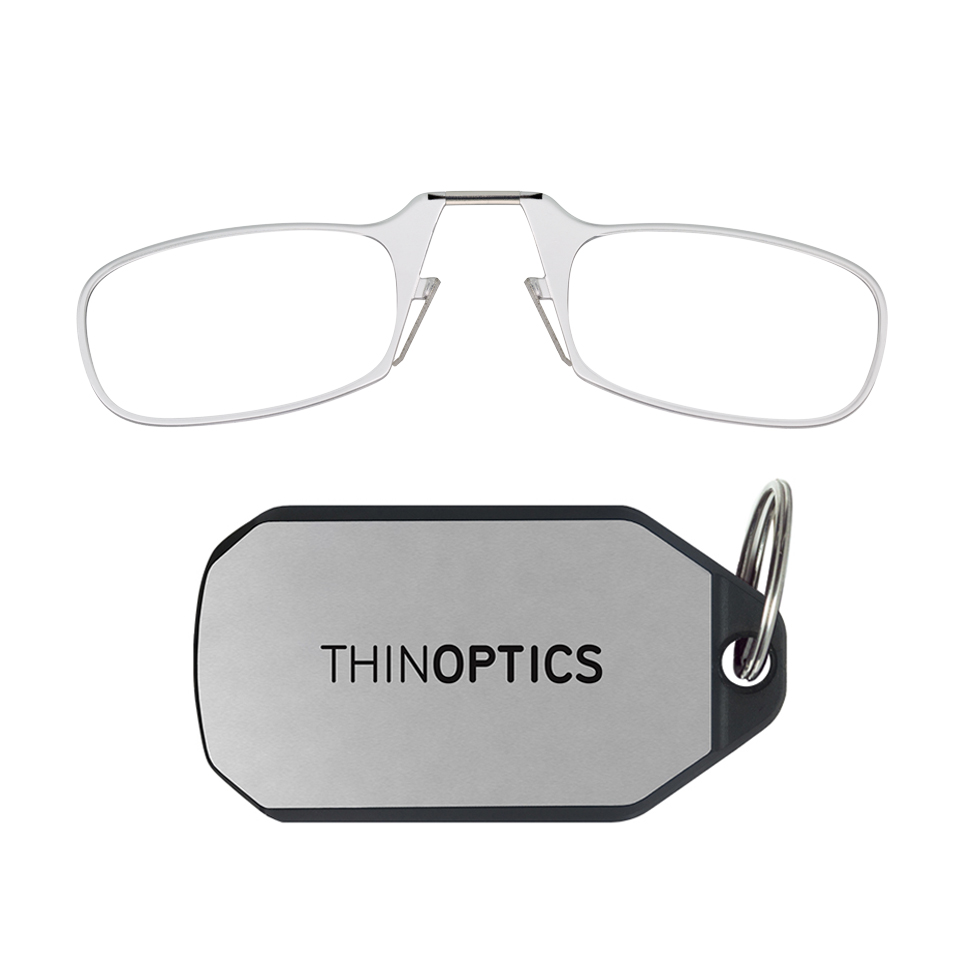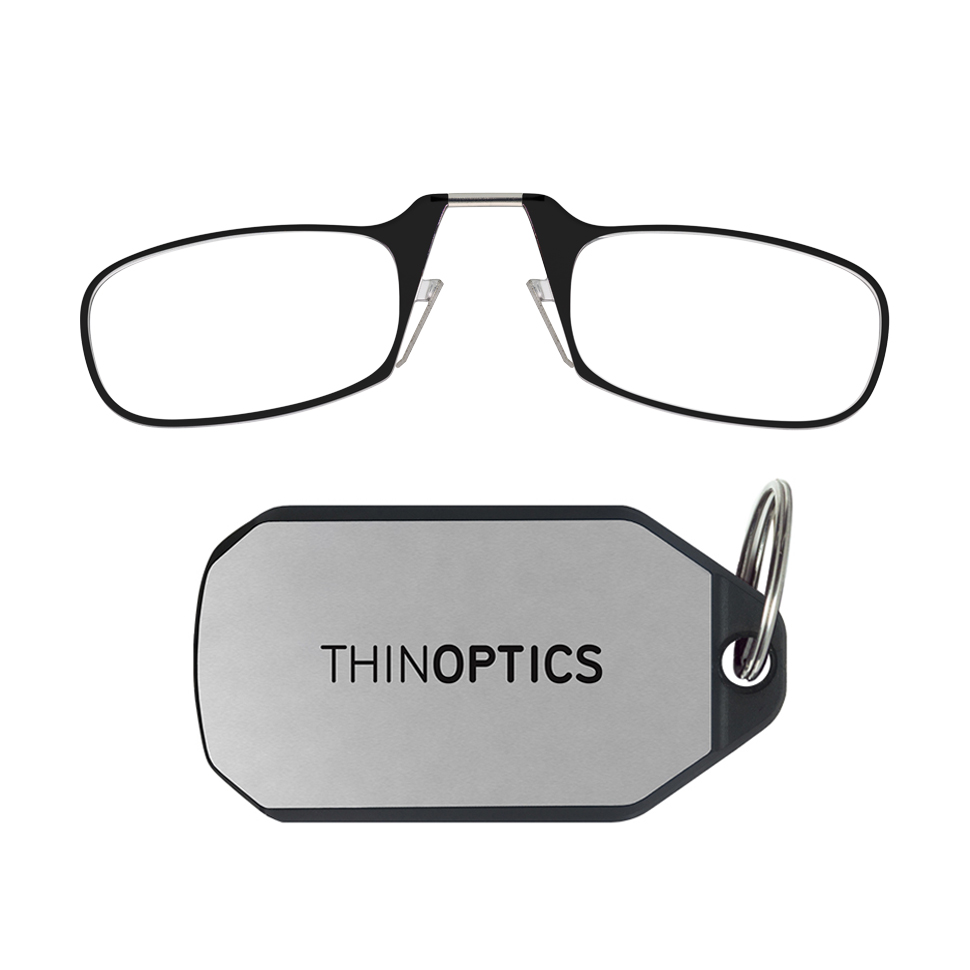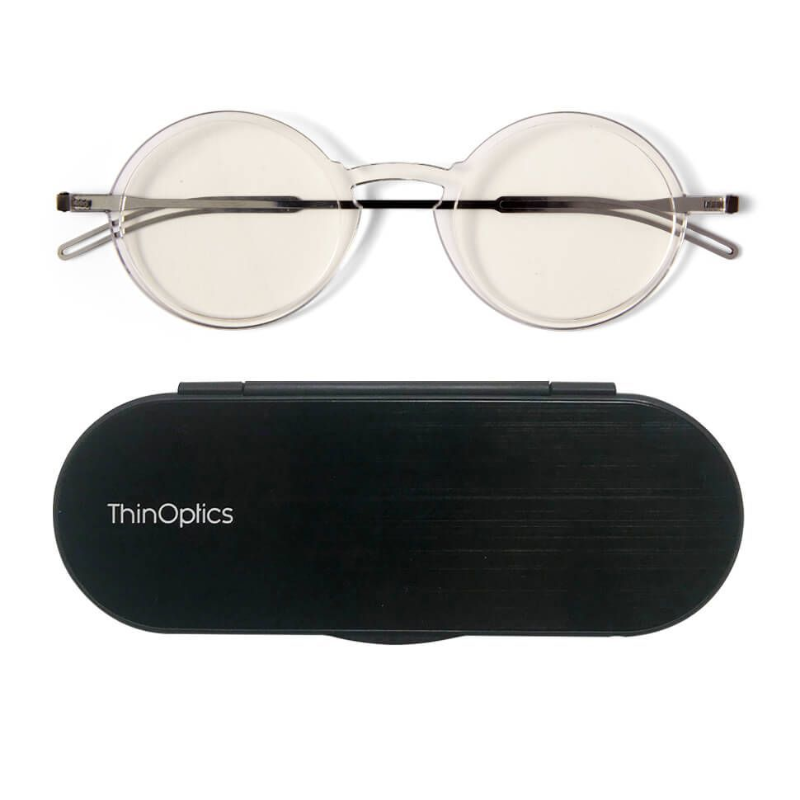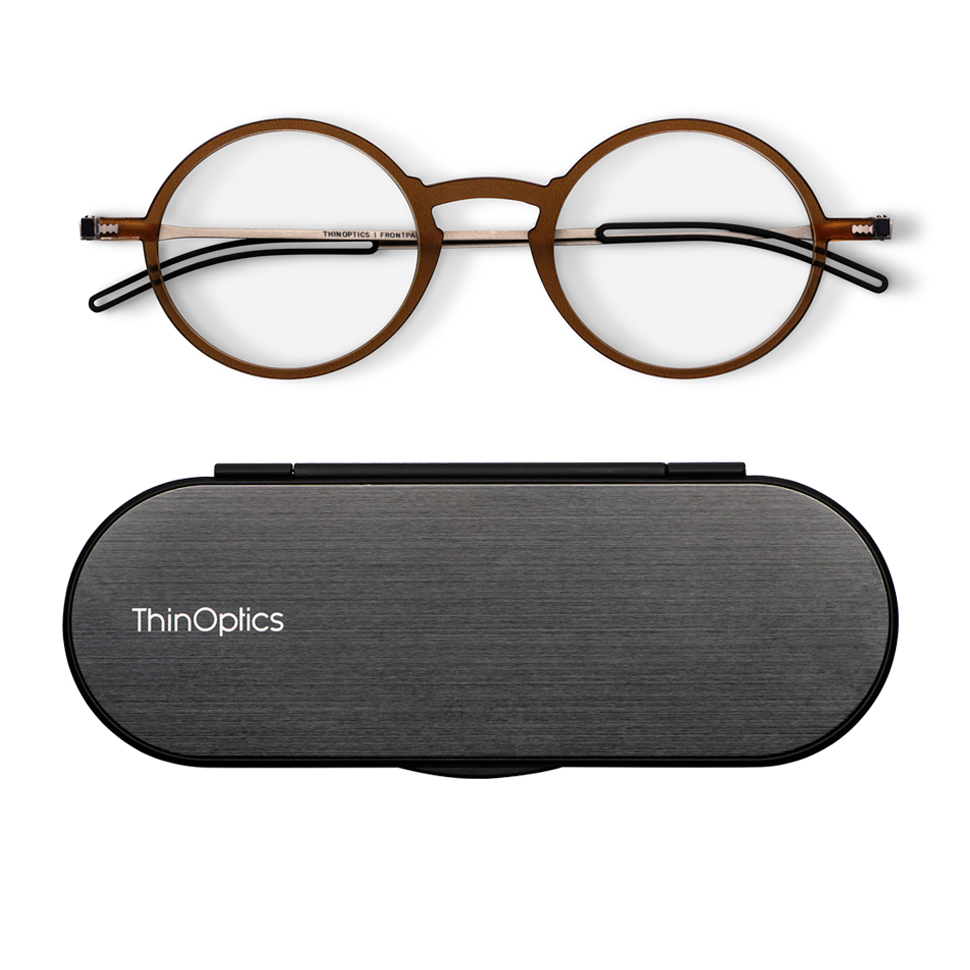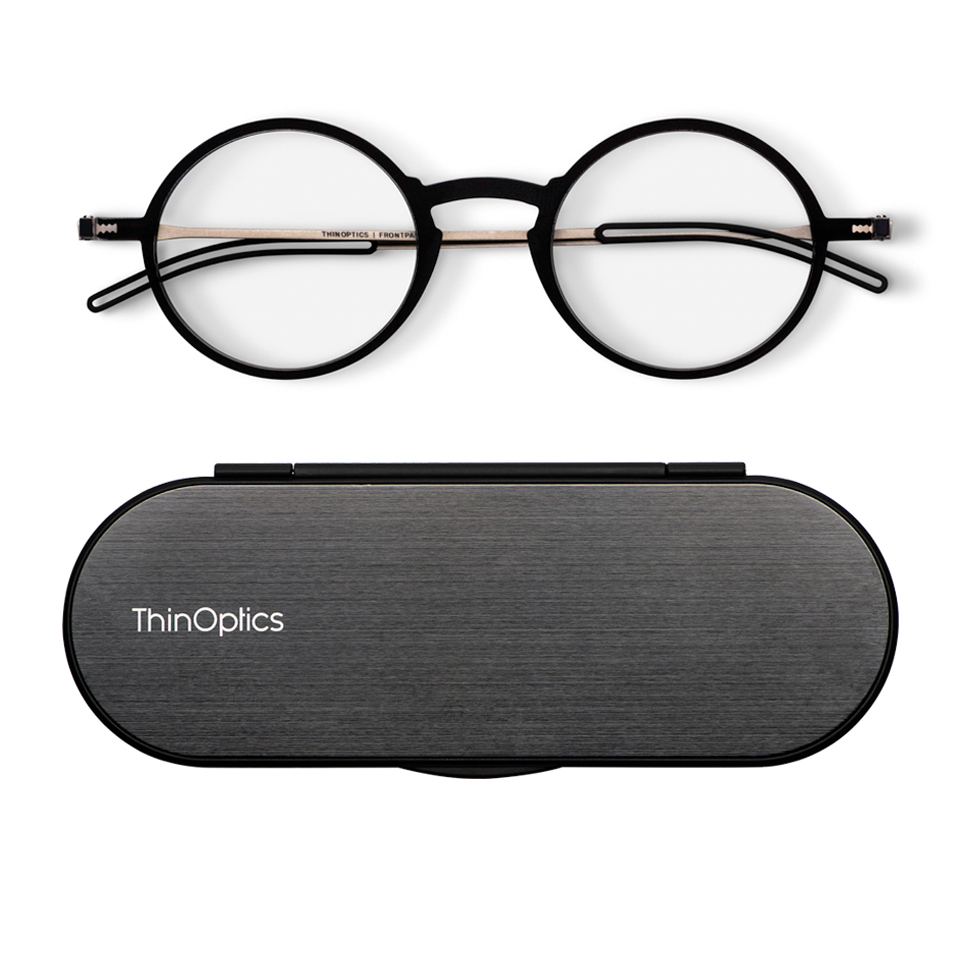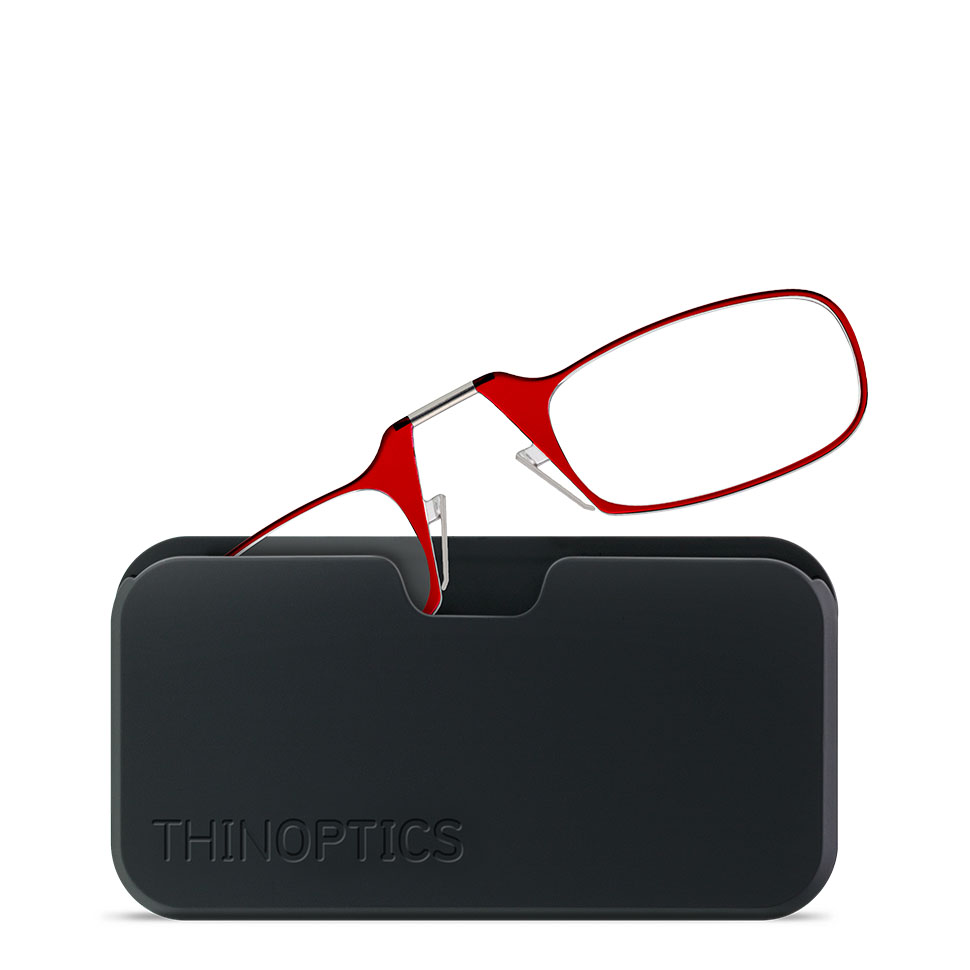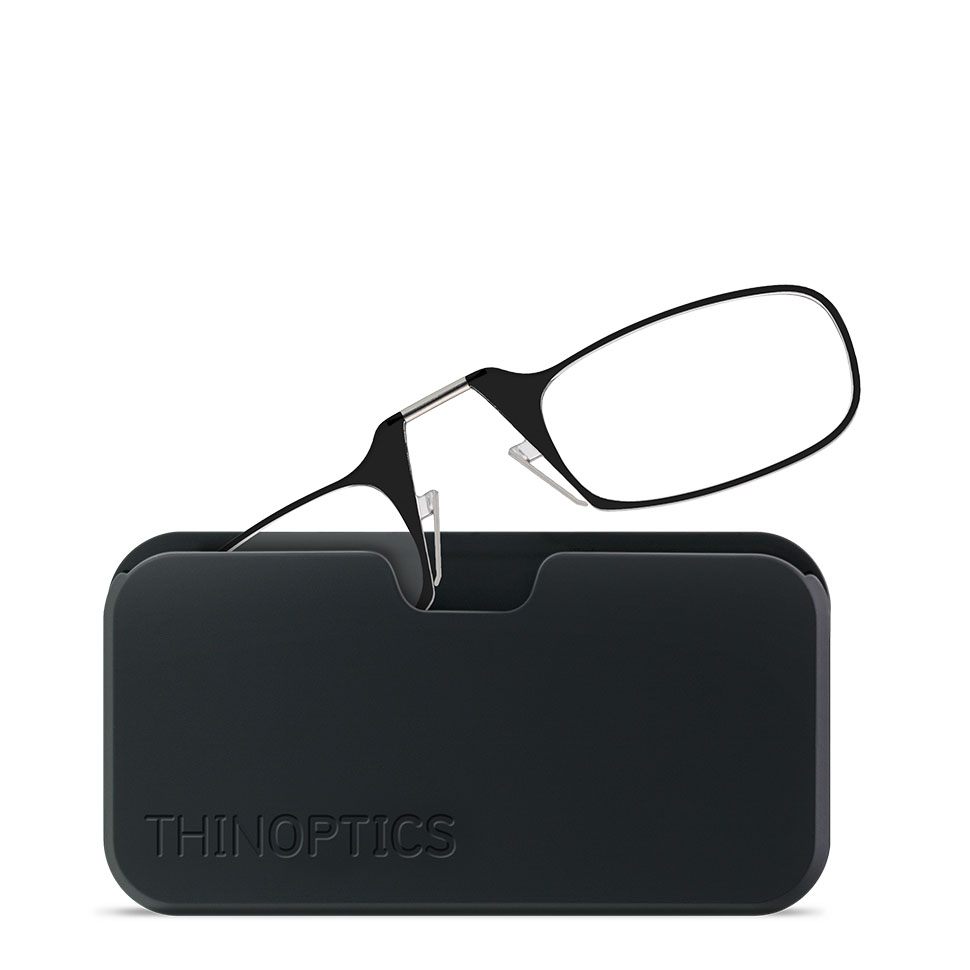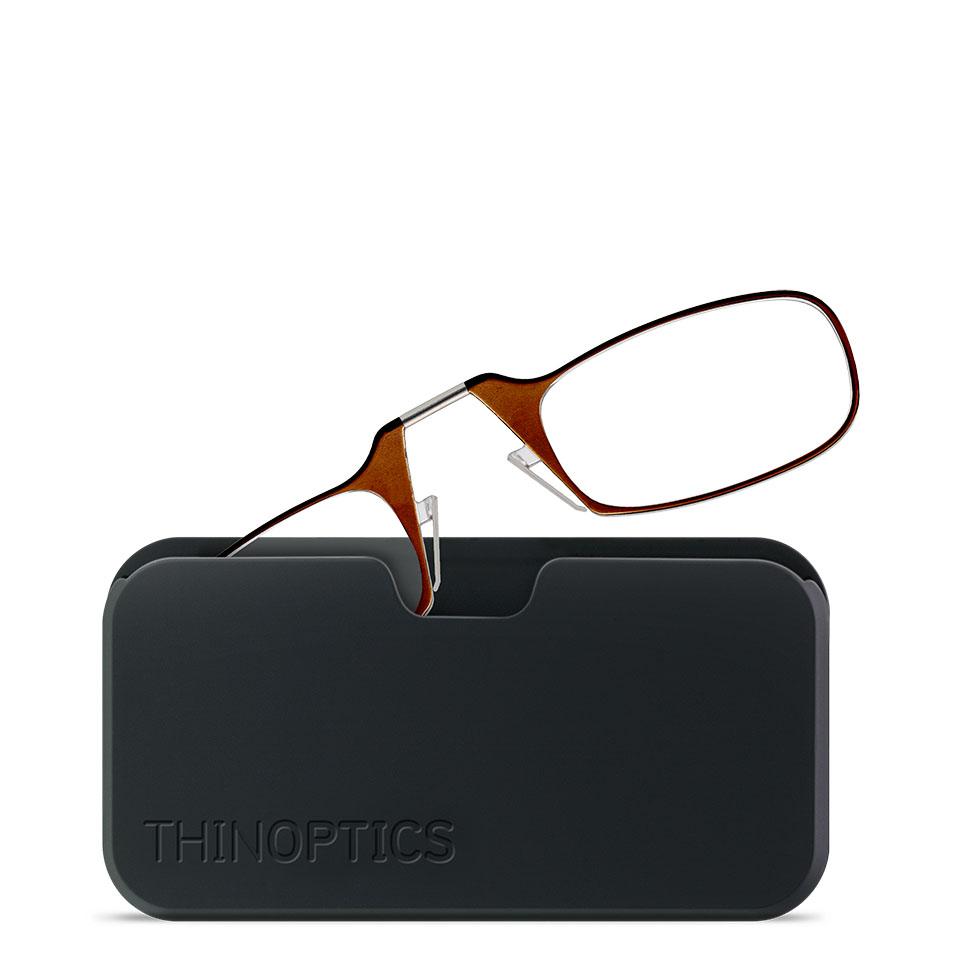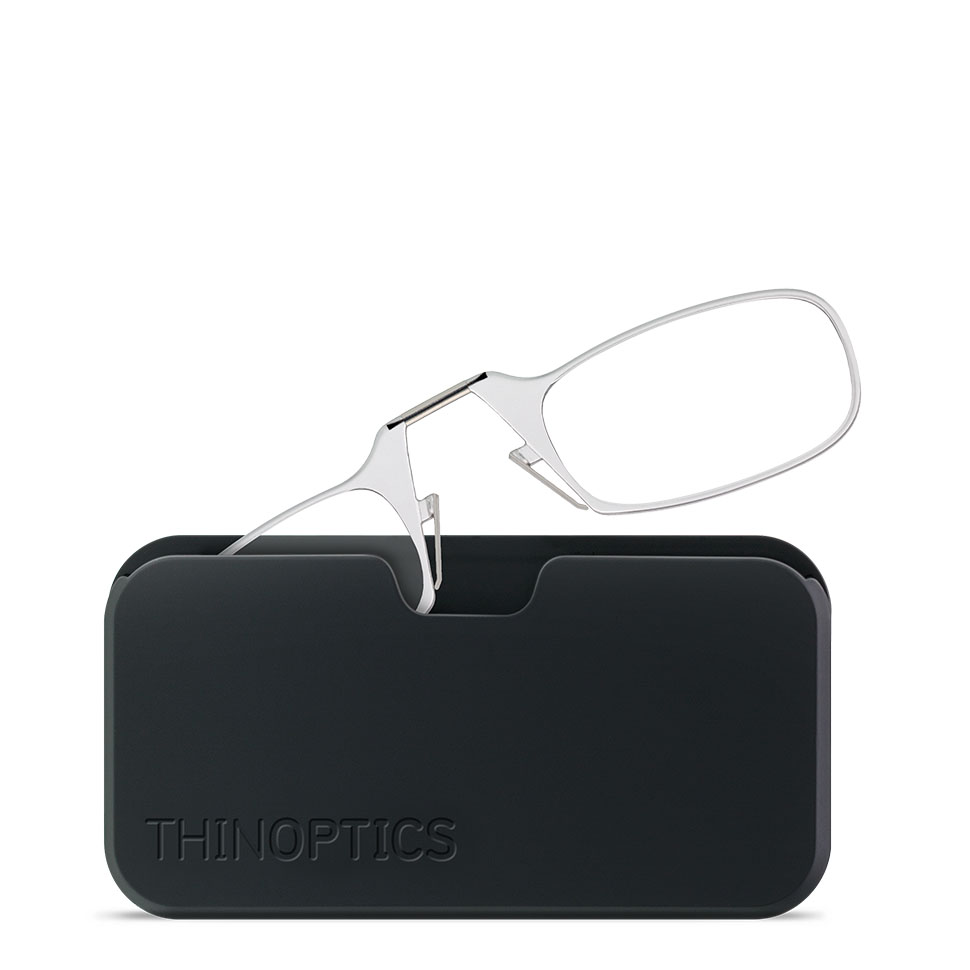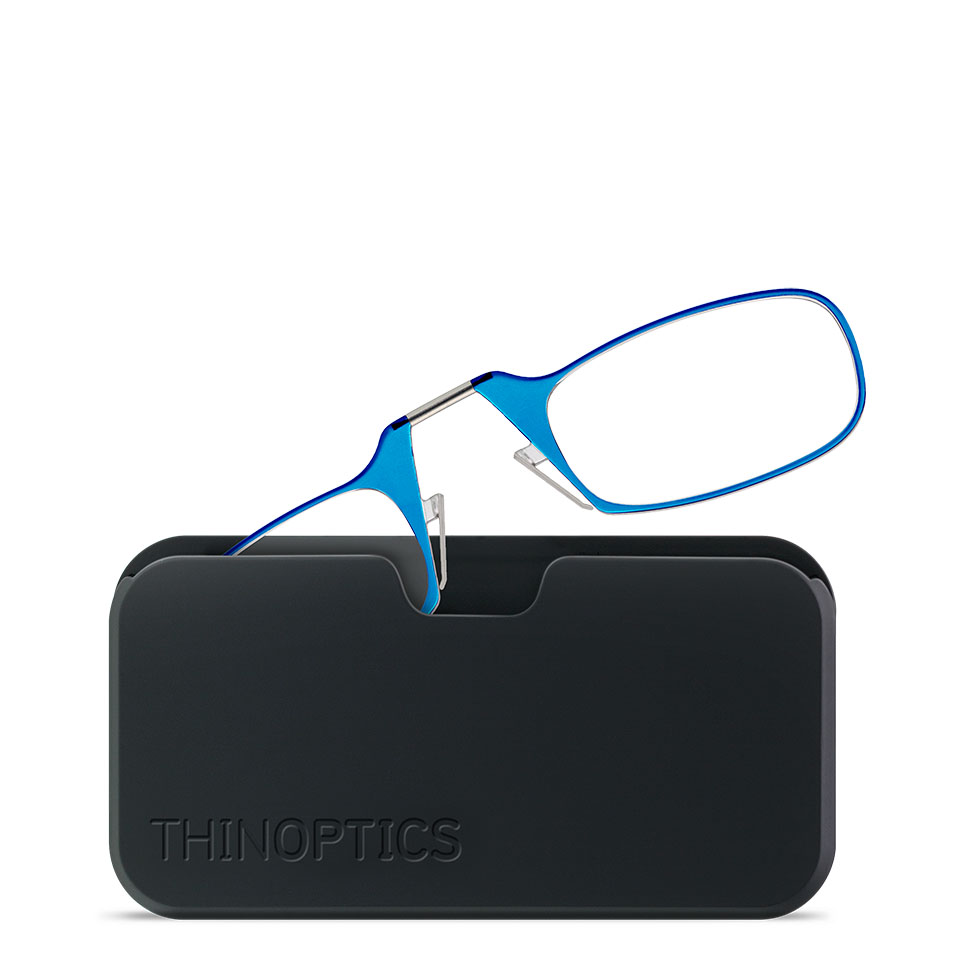Almost everyone in their 40s and beyond will require reading glasses at some point (or another type of near-vision correction)
Reading glasses, which are available over-the-counter or on prescription, let you read things up close, such as a book or a computer screen.
All About Reading Glasses
Presbyopia, or the typical age-related loss of the ability to focus on up-close things like words in a book or a text message on a smartphone, can be compensated for by reading glasses.
If you have difficulties reading small text when you're sleepy and the lighting in the room is dark, or if you find it easier to read anything if you draw it a little farther away from your face, you probably need reading glasses.
Reading Glasses
Consult your eye care specialist before purchasing reading glasses, even if they are over-the-counter. Even if you've received reading glasses, experts recommend getting a yearly eye checkup to check for diseases including glaucoma, cataracts, and macular degeneration.
Most individuals can get away with low-power reading glasses (+1.25 to +1.5) for computer work. Stronger glasses (+2.0 to +2.5) may be required for reading items that are closer. The amount of electricity you require will almost certainly rise as you get older.
Some people need one lens power for normal up-close reading and another for prolonged reading, such as computer use, which means that one pair of reading glasses may not be enough.
Putting on reading glasses with insufficient lens power can cause headaches, eyestrain, and even nausea.
After you've figured out what power you need, look for glasses with high-quality
lenses and durable frames.
Every year, billions of dollars are spent on developing even more gorgeous, high-resolution screens for our computers and phones, yet no such resources are dedicated to reading glasses. As a result, since their inception in the late 13th century, there has been virtually little change. Every year, approximately 30 million Americans purchase two pairs of reading glasses. Every year, I buy two sets of fragile, thick reading glasses. Two clumsy reading glasses that are either broken or misplaced, year after year.
You and your eyesight deserve better in this day and age. Despite the fact that technology has brought ease at our fingertips, we still have trouble finding our reading glasses. They never appear when we want their assistance. After all, can you imagine taking a pair of regular reading glasses on a 20-mile bike ride?
ThinOptics' approach is straightforward: because you always have your smartphone with you, we set out to create thin, comfortable reading glasses that fit on the back of your phone.
Medical device components, such as the super-elastic memory-metal alloy used in cardiac stents, and extraordinarily thin, bulletproof-strong polycarbonate lenses, are utilized to make ThinOptics reading glasses. Our cutting-edge production technology ensures a consistently high-quality and cost-effective product.
ThinOptics reading glasses are more than just a gimmick; they're a game-changing new vision platform. Our technical team is always working on new ideas to provide our clients with more powerful vision solutions.
ThinOptics reading glasses provide their clients a contagious smile, reinforcing their enthusiasm and devotion to creating excellent eyewear that's Always With You.



